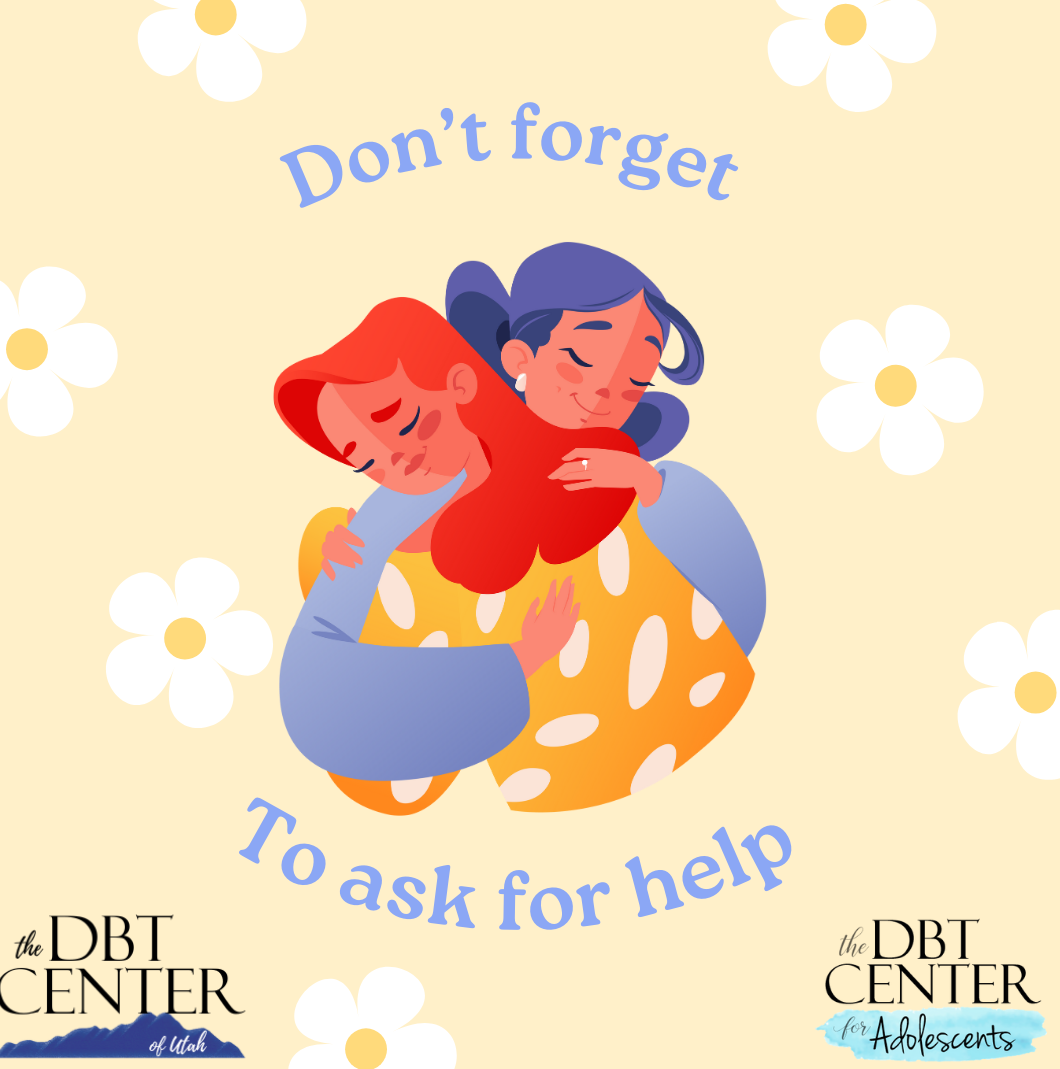
Starting therapy can feel overwhelming, and the first step in our comprehensive DBT program is an initial assessment with a therapist. Whether this is your first time in therapy or you’ve been through an assessment before, it’s completely normal to feel a little nervous. Our goal is to create a collaborative, nonjudgmental space where you feel supported and understood.
What is the Purpose of the Initial Assessment?
The initial assessment helps our team determine whether our DBT program is the right fit for you. It allows the therapist to gain insight into your unique strengths, challenges, and therapy goals while ensuring you receive the most effective support possible.
What Will Happen During the Appointment?
Your therapist will guide you through several key areas during the assessment. Here’s what you can expect:
1. Confidentiality & Paperwork
Before diving into personal topics, your therapist will review confidentiality policies, discuss their role in your care, and ensure that all necessary forms are completed. Everything shared in an individual session is confidential, with a few exceptions related to safety concerns, which your therapist will explain.
2. Getting to Know You
Your therapist will ask a series of questions to better understand your background, mental health history, and therapy goals. These may include:
-
Your Background: Your therapist will ask about demographics, family history, relationships, and social support systems.
-
Mental Health History: Questions may cover any previous therapy experiences, substance use, current symptoms, and past coping strategies.
-
Your Goals: Why are you seeking therapy? What do you hope to gain from participating in DBT?
-
Your Strengths: Therapy isn’t just about challenges—it’s also about recognizing what’s important to you, your values, and the coping skills you already use.
3. Understanding DBT & Skills Training
If you are new to DBT, your therapist will explain what Dialectical Behavior Therapy (DBT) is and how its core skills—including Distress Tolerance, Emotion Regulation, Interpersonal Effectiveness, and Mindfulness—can help you navigate intense emotions, stressful situations, and impulsive urges. These skills focus on learning healthy ways to handle difficult emotions without making the situation worse.
4. Determining Fit & Next Steps
At the end of the assessment, your therapist will discuss whether our DBT program is the best fit for your needs. If it is, they will outline the next steps for joining the program, whether it be an adolescent, adult, or multifamily group. This is also a great time to ask any questions about therapy or DBT.
Common Concerns About the Assessment
-
“Do I need to have everything figured out before the assessment?”
No! You don’t need to have all the answers. Therapy is a process of self-discovery, and your therapist will help guide you. -
“What if I forget to mention something important?”
That’s okay! Therapy is an ongoing process, and you can always bring up new concerns later. -
“Will I be judged?”
Absolutely not! This is a safe, confidential, and judgment-free space. Your therapist’s goal is to support you, not to judge you.
Ready to Take the First Step?
If you have questions about the assessment process or want to learn more about our DBT programs for adults, teens, and families, we’re here to help! Contact us today to take this important step toward building resilience and emotional well-being.
We look forward to supporting you on your journey to a life worth living!

